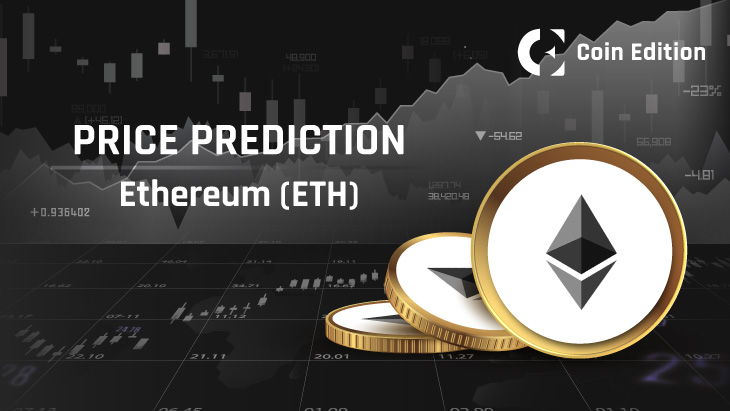- Eastern Europe receives $499B in crypto, driven by institutional and DeFi growth.
- Russia’s crypto inflows grow as sanctions boost use of domestic and no-KYC exchanges.
- Ukraine aligns with the EU’s MiCA regulations, aiming for regulated crypto adoption and investment.
Crypto adoption in Eastern Europe is increasing, despite war and regulatory uncertainties. The region received $499.14 billion in crypto between July 2023 and June 2024, representing 11% of global crypto inflows. Eastern Europe is the fourth-largest cryptocurrency market globally.
Centralized exchanges (CEXes) dominate crypto inflows in Eastern Europe, receiving nearly $324 billion over the past year. Decentralized finance (DeFi) has also grown, with $165.46 billion in crypto transactions, a 40% increase year-on-year. DeFi now accounts for over one-third of the region’s total crypto inflows. Countries like Ukraine and Russia lead this growth, with DeFi inflows to decentralized exchanges (DEXes) rising sharply.
In Ukraine, institutional and professional crypto transfers have increased as citizens seek financial stability. WhiteBIT, a major global crypto exchange founded in Ukraine, has also seen more traffic due to market fluctuations and inflation. In December 2022, hryvnia’s inflation hit 26.6%, leading Ukrainians to see Bitcoin as a better store of value.
Russia’s Crypto Landscape Adapts to Sanctions
Russia remains a major crypto market, with inflows totaling $182.44 billion. Domestic crypto services in Russia continue to grow as users adapt to sanctions on Russian financial institutions. Russian no-KYC exchanges, which allow transactions without identity verification, are particularly popular, driven by restrictions on traditional financial channels. This reflects the country’s shift to crypto as a way to avoid economic sanctions.
Read also: ESMA Recommends Changes to MiCA Crypto Regulation Standards
The Russian government recently passed laws that allow the mining of crypto and international transactions in crypto. Russian authorities say this is meant to decrease reliance on the American currency. The Central Bank of Russia as approved these changes to help the country’s economy.
DeFi and Regulatory Developments in Eastern Europe
Eastern Europe ranks third globally in DeFi growth, following Latin America and Sub-Saharan Africa. Countries like Hungary and Moldova have seen remarkable DeFi growth, especially in bridging and lending activities. Regional DEX inflows are led by Ukraine and Russia, which received $34.9 billion and $58.4 billion, respectively.
Moreover, Ukraine is aligning with the EU’s Markets in Crypto-Assets (MiCA) regulations as part of its EU membership bid. Officials in Ukraine see regulated crypto adoption as a way to support the economy and attract tech investment. This could help Ukraine become a legitimate crypto market.
Disclaimer: The information presented in this article is for informational and educational purposes only. The article does not constitute financial advice or advice of any kind. Coin Edition is not responsible for any losses incurred as a result of the utilization of content, products, or services mentioned. Readers are advised to exercise caution before taking any action related to the company.







